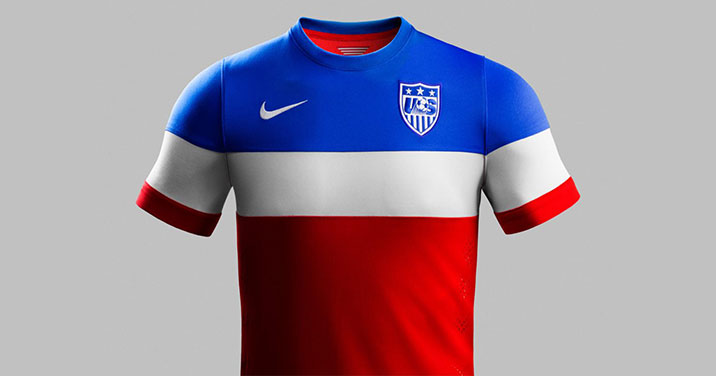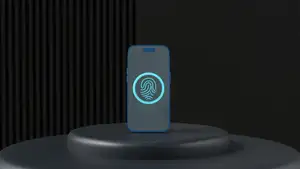
Nike’s USA World Cup Jersey Design Data-Driven
When the U.S men’s football team knocked off Ghana 2-1 on Tuesday, notching a goal in the 86th minute to secure the win in their first game of the 2014 World Cup in Brazil, they did so wearing jerseys specially designed by Nike that perhaps even gave them that late edge over their opponents to pull out the winner.
You see, the jerseys were designed specifically with Brazil’s rather unconventional weather in mind. It can be 85F with high humidity in one area of Brazil, and a few dozen km’s away, just 65F. For that reason, Nike needed to design a jersey that could perform well in both hot and humid, and cooler temperatures. They also wanted a jersey that would counter those areas of the soccer player’s body that sweat the most.
To answer that question, they not only collected data from the players themselves, but also tested the jerseys in a simulated climate chamber to determine where players now sweat the most in today’s high-paced game of football, and how they could mitigate those rivers of sweat.
What they found is that the players tended to sweat the most on their backs, near their spines, in one particular area in the lower back that is shaped like an inverted triangle. Nike countered this sweat zone by removing fabric from that area of the jersey in the exact same pattern.
Beyond addressing sweat, Nike wanted to make the new jerseys as light and well ventilated as possible, and they improved on both of those fronts rather dramatically in comparison to the jerseys they designed for the 2010 World Cup in South Africa. The new jerseys are slimmer, about 16 percent lighter, and with a whopping 66% greater ar ventilation. The latter breakthrough was achieved via laser-cut ventilation holes which were zapped into both the left and right sides of the jersey. The jerseys were also constructed from a new weave of cotton and polyester that added yet further ventilation and breathability to their design.
While it’s hard to quantify such equipment changes in terms of team performance, it’s unquestionable that the jerseys can’t help but slightly improve the performance of the US team; especially late in games, when both teams have been subjected to a gruelling 90 minutes of football by that point. And as we saw yesterday, that late game boost can be all the dfference between victory and defeat.









